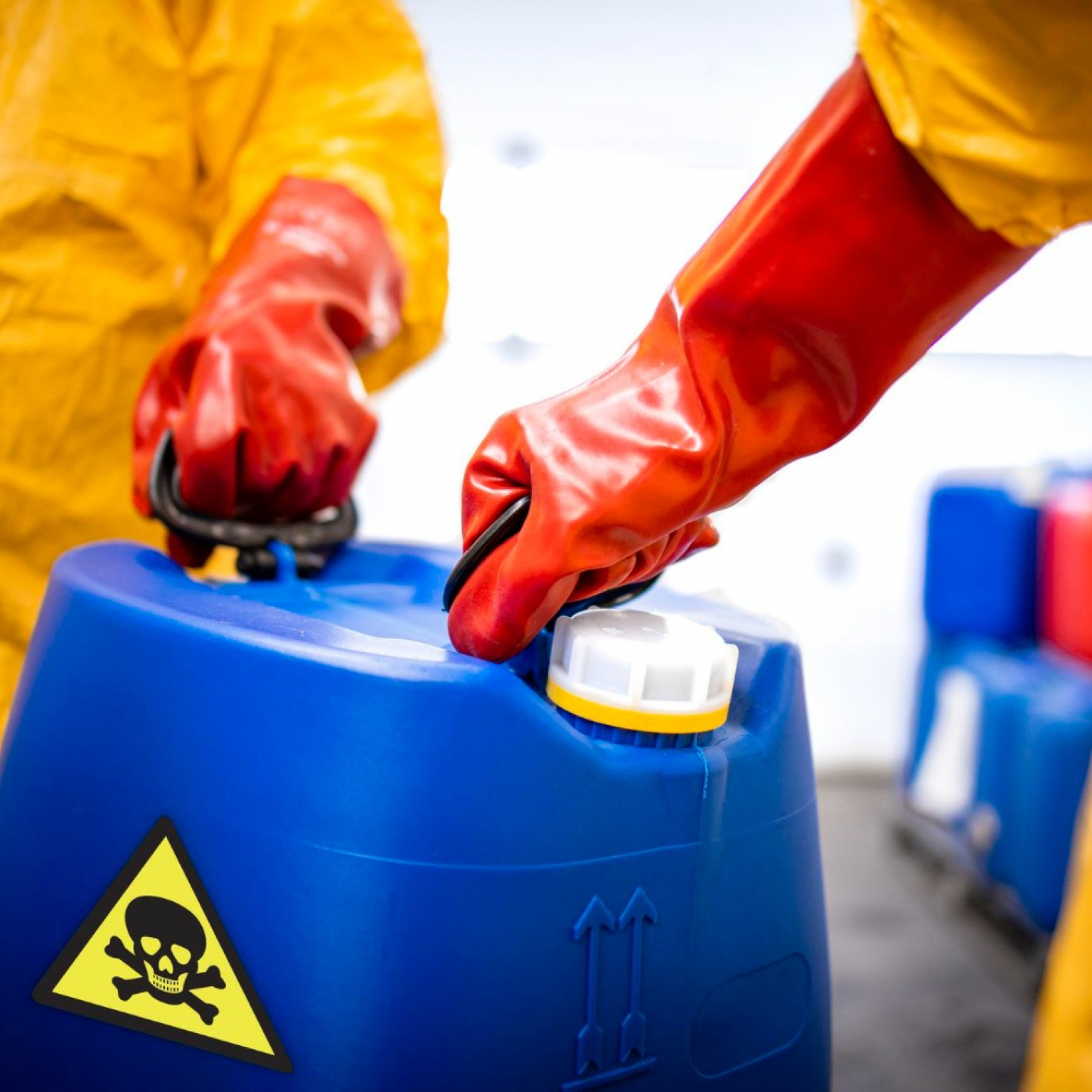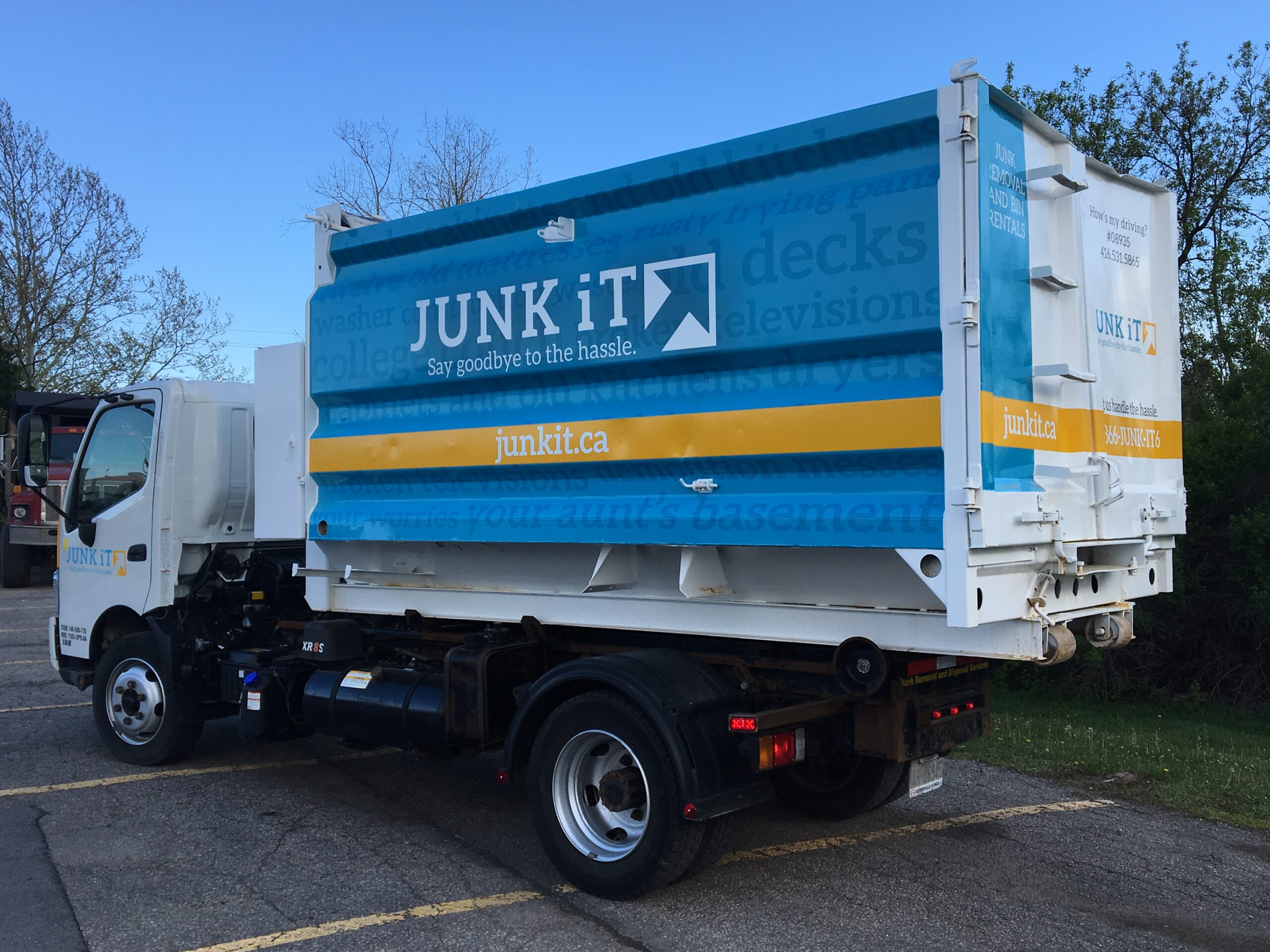We get surprised sometimes at how many things can’t go in the landfill. The phrase “chemical waste” applies to most of what we use to clean and fix up our home, not to mention a lot of the chemicals we put in our bodies. It turns out that all these normal household chemicals are bad news if they get into the wilderness or water supply.
Chemical waste is a pain to get rid of because it is usually liquid or water-soluble, usually dangerous to sanitation workers, and usually really heavy. Disposing of chemical safely requires quite a bit of effort on your part.
Examples of Chemical Waste
- Paint and paint cans
- Lacquer and lacquer containers
- Pesticide
- Herbicide
- Chemical fertilizer
- Cleaning products, except baking soda, salt, lemon juice, and vinegar
- Batteries
- Cooking oil
- Motor oil
- Medications
Everyone uses some of these, and everyone needs to throw them out sometime. They cannot be flushed or landfilled safely: even cooking oil causes backups in sewers and fires in sanitation facilities. As an example of how bad oils can be, try Googling the “Fatberg” that had to be pulled out of the London sewer.
So, we all have waste, but how do we get rid of it?
Getting Rid of Chemical Waste
-
- Put all chemical waste in labeled containers. The labels literally save lives. Sanitation workers need to know what’s in each container to know what kind of safety precautions to use. If possible, keep all chemicals in their original packaging. The original packaging shows some ingredients or warnings that get left out of homemade labels.
- Pack glass containers in padded boxes. The last thing you need is to get chemical waste all over your trunk.
- Allow two inches of space in each container. Chemical waste facilities are often warm, and chemical waste is often volatile. You can prevent injuries to workers by leaving two inches of air at the top of every container.
- Double-bag contaminated paper and rags. Though these are dry, they spread contaminants.
- Write notes to alert sanitation workers to potential problems. If one container is leaky, contaminated, compromised, or volatile, let the staff know with a note.
- Bring to a hazardous waste depot or pick-up. Many dumps and recycling centers accept hazardous waste. If you aren’t near a depot, check to see if your city does hazardous waste pick-ups.
-OR-
- Hire a junk removal service. Many services will remove chemical waste directly from your home to the appropriate depot.






